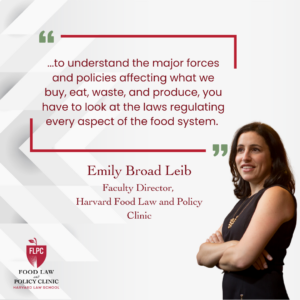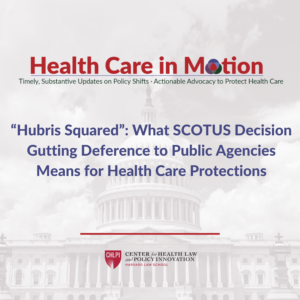Originally published by Pacific Standard on April 2, 2017. Written by Emily Moon.
For years, consumer advocates have complained that food packaging misleads American consumers by conflating nutrient content with health. The Food and Drug Administration has proposed yet another message to help clear up this confusion: an agency-approved icon signifying that an item is indeed “healthy.”
Last week, the agency’s outgoing Commissioner Scott Gottlieb said the FDA was still debating how to define “healthy” and would likely issue a rule this summer, in an interview first reported by Politico. According to Gottlieb, the icon’s look remains unclear. “There’s sort of rigorous debate going on about whether or not we include the FDA logo in the logo,” he said on Thursday, according to the agriculture news service The Hagstrom Report. What do we know about debate over this proposal, aside from the design challenges?
U.S. CONSUMERS ARE SUCKERS FOR FOOD LABELS
Consumer advocacy groups like the Center for Science in the Public Interest have long argued that lack of regulation has enabled “food labeling chaos.” They say companies have been allowed to market their products using words like “natural” or “heart healthy” without providing evidence, thereby misleading and even deceiving the public.
WOULD REGULATION HELP?
Many public-health experts argue that blind faith in labels is a bad thing. Under the existing regulatory approach, the FDA distinguishes between claims about an item’s health, its nutrient content, and its function, requiring varying amounts of evidence for each. For example, a company can claim that “calcium builds strong bones” on a gallon of milk, but it can’t claim that the calcium in that milk would remedy a health-related condition without “significant scientific agreement.”
But as a study published this month notes, consumers do not evaluate these messages in the same way the FDA does, often giving more credence to the least regulated claims. “Research indicates that consumers cannot differentiate among different types of claims or distinguish the level of evidence supporting them, and consumers actually find structure/function claims more convincing than health claims,” New York University public-health lawyer Jennifer Pomeranz wrote in the study, which lists the Center for Science in the Public Interest’s president as co-author.
Before announcing his resignation, Gottlieb was overseeing the FDA’s most recent efforts to update this system. In June of 2018, he announced that the agency would focus on closing what some consumer advocates see as a regulatory gap: the definition of “healthy.”
Currently, the FDA bases its definition on a food’s nutrient and fat content, according to guidelines first established in 1993, giving rise to what New Food Economy staff writer Sam Bloch has called a “famously nebulous definition.” Gottlieb admitted as much in a statement announcing plans to revisit “healthy” last year: “People don’t eat nutrients,” he said. “They eat foods. And foods need to be assembled into diets that give people proper nutrition.”
In a bid to make the definition of “healthy” more science-based—and communicate that evidence to consumers—the agency issued a new guidance to food manufacturers in 2016.
Both industry groups and public-health experts weighed in: Emily Broad Leib, director of the Harvard Law School Food Law and Policy Clinic, wrote in a 2017 comment in the Federal Register that the current approach “leaves room for food companies to argue that their use of ‘healthy’ should not be regulated.” The Center for Science in the Public Interest has already criticized some of these arguments, including an organic egg company that petitioned the FDA for its products to be considered “healthy.”
The FDA has taken little action since extending the comment period to this guidance in 2017, but its efforts will undoubtedly outlast Gottlieb, who has said he will be departing this month.


Health Law & Policy, Commentary
Braidwood Management v. Becerra: Updated FAQs for Health Advocates and Providers
July 22, 2024